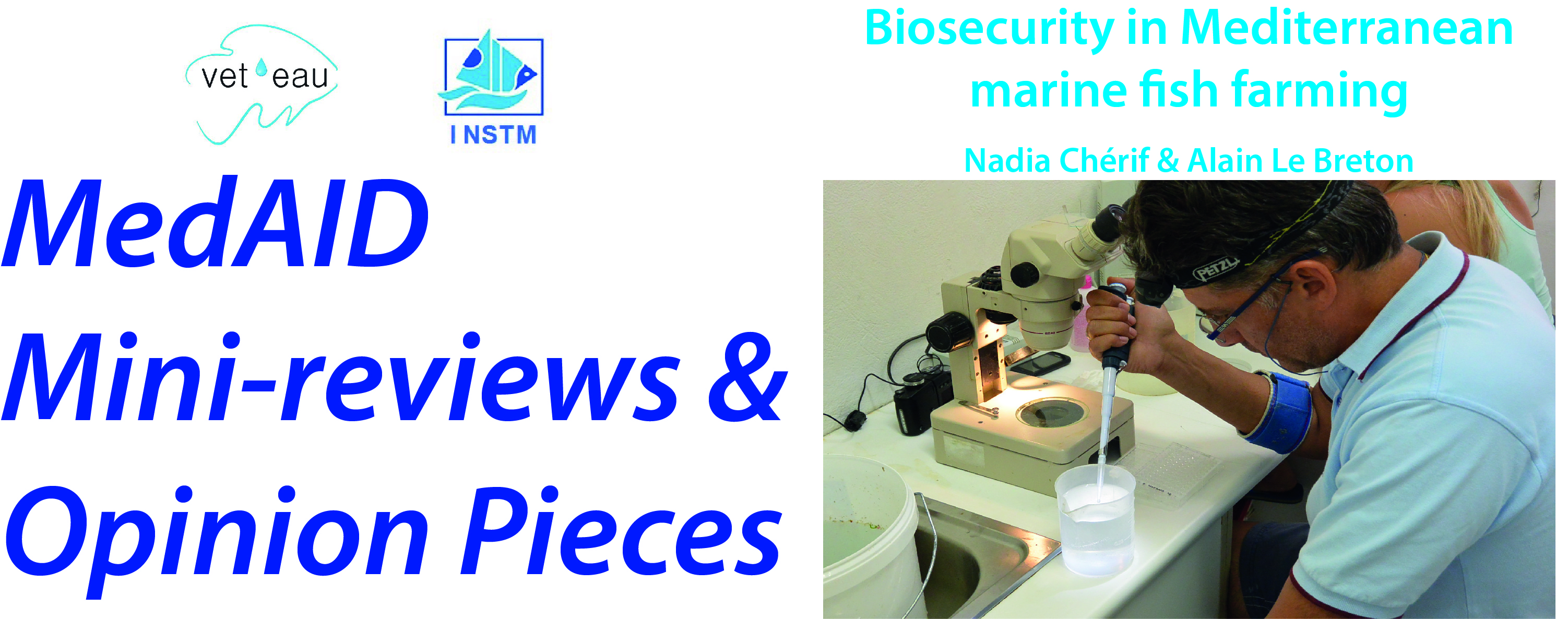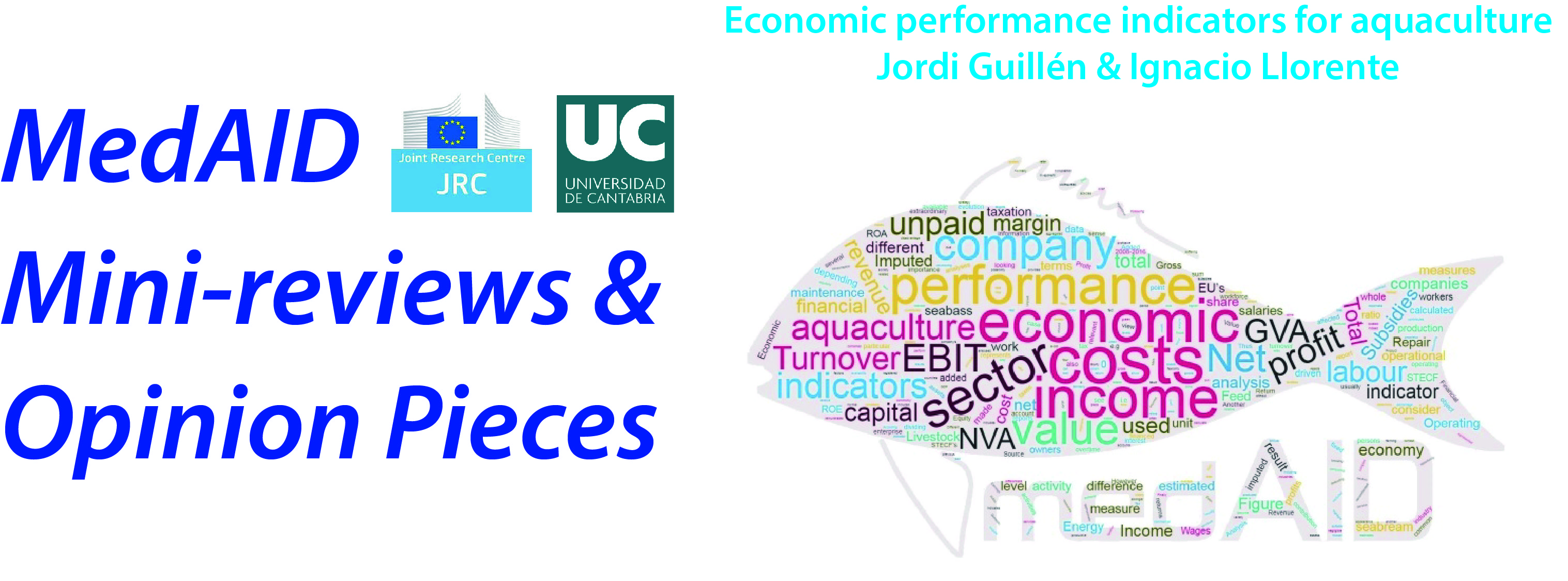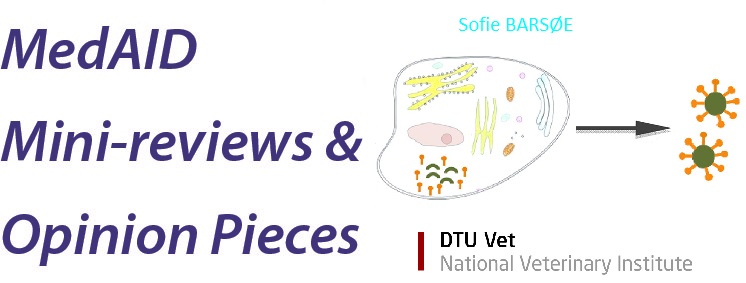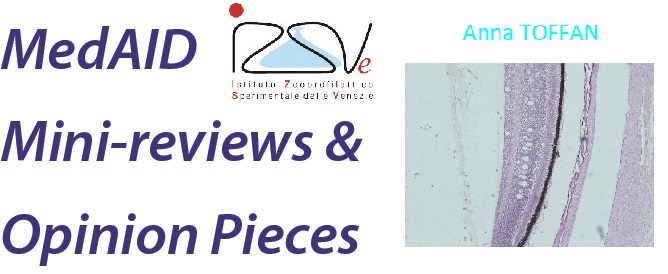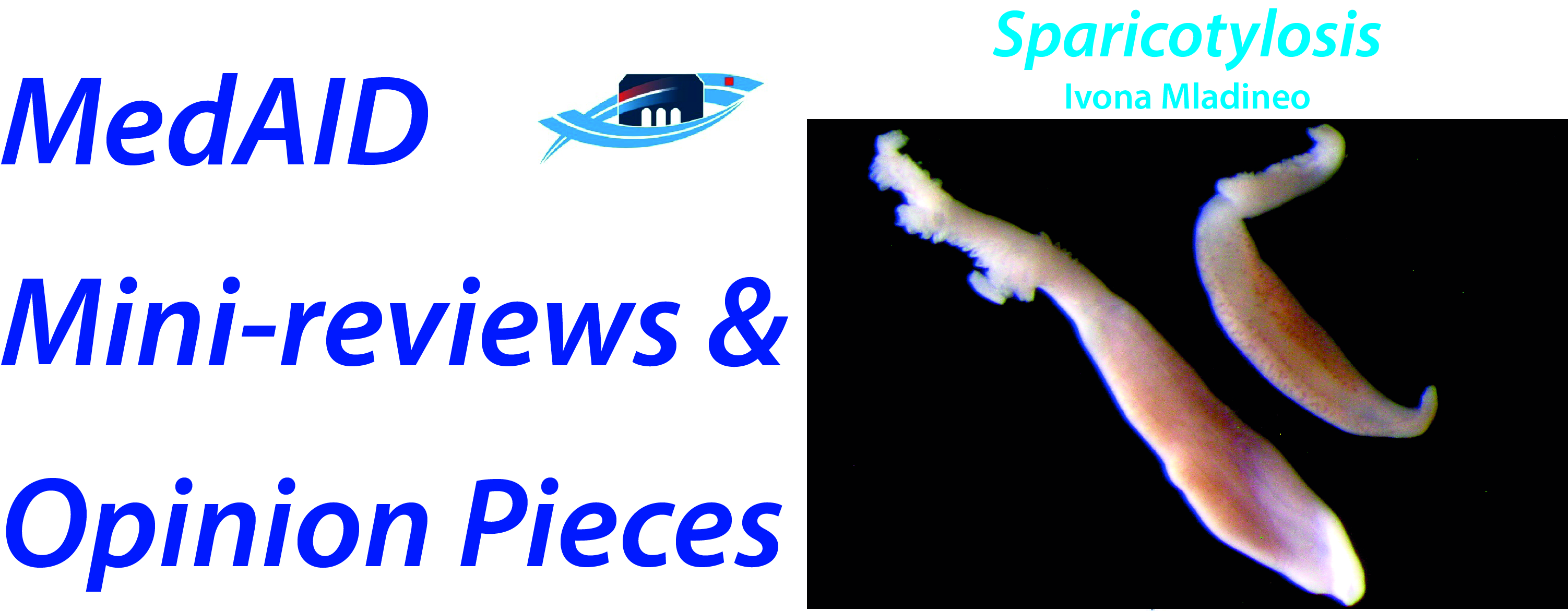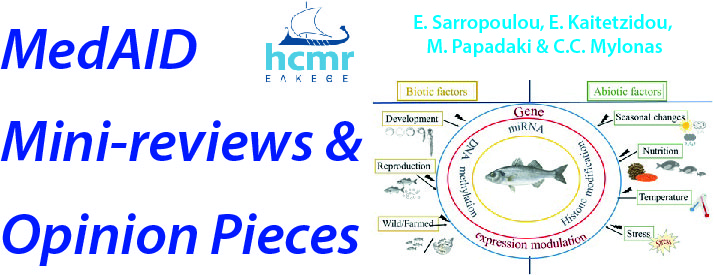1. Introduction
Transboundary aquatic animal diseases are highly contagious and the transmissible agents have the potential to spread them very rapidly irrespective of national borders, with serious socio-economic and possible health consequences. The great value of aquaculture to contribute to food and nutrition security and poverty alleviation has been recognized by FAO but is hampered by significant biosecurity and animal disease challenges. Addressing biosecurity challenges in aquaculture requires a holistic and transdisciplinary approach that takes into consideration all the essential components (technical, communication, infrastructure, operations, etc.) of an aquaculture biosecurity programme. These programme components cannot stand alone as they are interrelated and interconnected. Due to the different production structures in aquaculture, either in a closed or open environment, epidemiological units must be considered at the farm level but also regional, national and international levels. International organizations such as WTO/OIE/FAO have set up international agreements or guidelines. Recently FAO launched the Progressive Management Pathway for Aquaculture Biosecurity (PMP-AB). At European level, the 2006/88 CE Directive addresses the application of biosecurity in aquaculture businesses. In Mediterranean countries with a developed aquaculture sector, national legislations are also considering biosecurity. Unfortunately, most of the time no regional planning for biosecurity is considered which is a weakness in aquaculture.Continue reading
Economic performance indicators for aquaculture
This brief text aims to highlight some of the most common economic indicators used to assess the economic performance of aquaculture production, both from the point of view of the industry as a whole, and from the point of view of aquaculture companies*.
In economics, there is no consensus on which indicator would best determine the economic performance of a sector or company. Indeed, there are used several indicators depending on what is the focus of interest (e.g. the society or the companies) and data availability. Different indicators are usually used or combined depending on the object of analysis. The same profitability indicator used to analyse the economic performance of the investments made, is not suitable to study the economic performance for the owners of the company.
In order to show the main indicators in a simple and clear way, we have divided the text into three sections. Firstly, we describe some of the main indicators used to analyse the economic situation at industry level. Next, we highlight the importance of the relative indicators as a tool to develop comparisons between different countries, production systems or types of companies. Finally, although all the indicators mentioned in the two first sections are also used in the economic analyses at company level, we dedicate the third section to explain other relative indicators that are very important when analysing the economic performance of aquaculture companies.Continue reading
Prophylactic measures against Viral Encephalopathy and Retinopathy (VER) and vaccine development
The disease and the virus
Viral Encephalopathy and Retinopathy is a viral disease affecting more than 50 fish species, both wild and farmed (sea bass, grouper, sea bream, striped jack, flat fish etc.)(OIE, 2016). The disease causes neurological symptoms and increased mortalities. The disease occurrence has a seasonal pattern, with most outbreaks during the summertime, because of the higher temperatures of the water, which favors virus replication. Fish fry and larvae seem to be most susceptible, and in this age-group the disease can cause up to 100% mortality. Transmission of the disease can occur both horizontal (from fish to fish or equipment/feed to fish) and vertically associated (from brood stock to progeny), and the virus is very persistent in the environment, making spread with vectors (such as boats, feed and equipment) possible. As the name suggest, the disease manifest in the central nervous system causing histopathological necrosis in the brain and retina. Affected fish will either show clinical symptoms such as loss of buoyance control, spiral swimming pattern and darkening of the skin, or die before symptoms appear.Continue reading
Viral Encephalopathy and retinopathy
Viral encephalopathy and retinopathy (VER), also known as viral nervous necrosis (VNN), is a severe neuropathological disease caused by RNA viruses belonging to the Nodaviridae family, genus Betanodavirus. This infectious agent, detected in the early nineties, has rapidly spread worldwide becoming endemic and representing one of the most important limiting factors to the development of mariculture in several countries. Given the expanding host range and geographic diffusion, the disease has recently been included among the most significant viral pathogens of finfish.
Sparicotylosis
Ethiology:
Sparycotyle chrysophrii is a monogenean gill parasite specific for the sea bream (Sparus aurata), causing mortalities when contacted at high prevalence (61.5%) in fish cages (Sanz, 1992; Alvarez-Pellitero, 2004; Vigianou et al. 2006). A parasite has been isolated from the wild (Rajduković and Euzet, 1989; Faisal and Imam, 1990) and the cultured sea bream, and cultured sharpsnout bream (Diplodus puntazzo) (Mladineo and Maršić-Lučić, 2007).Continue reading
Role of epigenetics in fish and the involvement of early rearing temperature
The term “Epigenetics” was first introduced by Conrad H. Waddington (1905–1975) in 1942 [1] to describe events that were found not to be congruent with the genetic principles. Today, epigenetic changes concern changes in the structure of DNA resulting from DNA modifications. Contrary to DNA mutations, epigenetic changes are reversible and occur fast.
Apart from the programmed epigenetic regulation that ensures cell differentiation, epigenetic regulation can be influenced by the environment, emphasizing the importance to investigate in depth epigenetic mechanisms (Fig.1). Especially in terms of climate change, which results in changes of temperature, acidity, and salinity in the marine milieu, epigenetics may shed light on the mechanism of phenotypic response triggered by environmental signals.Continue reading

